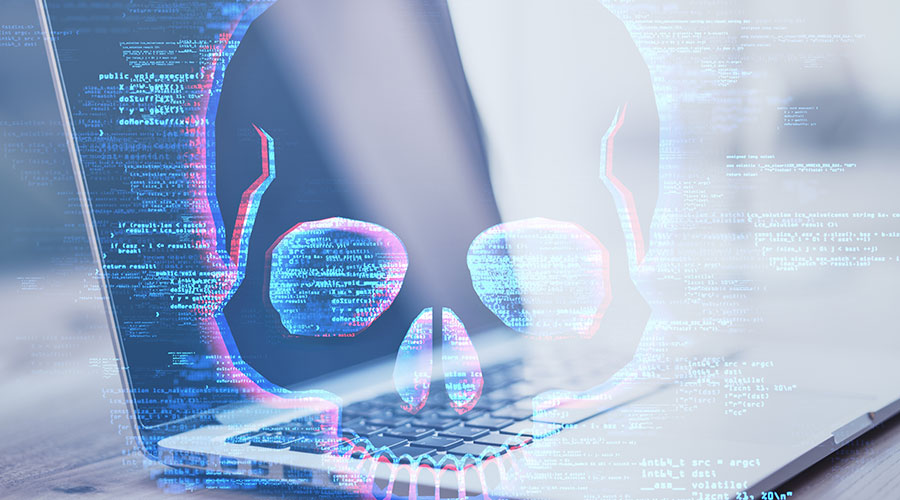The United States Department of Health and Human Services (HHS) has sounded the alarm over the Qilin (also known as Agenda) ransomware-as-a-service (RaaS) offering, which has been in operation since 2022. This group is known for gaining initial access through “spear phishing,” a type of phishing that directly targets a specific person or organization, typically through emails. They are also known for resorting to double extortion, where ransom payments are demanded from victims to prevent data being leaked.
Ransomware remains a threat to the healthcare and public health sector, as they reportedly filed 249 ransomware-related complaints to the FBI in 2023.
Given recent ransomware attacks on healthcare organizations such as Ascension, the threat of being victimized by an attack is real and troubling. This is because ransomware attacks can lead to sizeable costs and private data being lost.
For example, CommonSpirit Health reported a total loss of $160 million for the ransomware attack they suffered in 2022. They also had 624,000 patients’ data stolen from them in that attack.
However, healthcare organizations can act to protect themselves from and even prevent ransomware attacks. The Center for Internet Security recommends the following steps to limit the impacts of ransomware attacks:
- Regularly maintain backups of data
- Develop procedures and policies
- Review the port settings, consider whether they need to be left open or not
- Configure systems with security in mind
- Regularly update systems
- Train the team to be cybersecurity-oriented
- Put in place an Intrusion Detection System (IDS), which can help look for malicious activity within an organization’s network
Jeff Wardon, Jr. is the assistant editor for the facilities market.

 Why Identity Governance Is Becoming a Facilities Management Issue
Why Identity Governance Is Becoming a Facilities Management Issue Habitat Health Opens South Los Angeles PACE Center
Habitat Health Opens South Los Angeles PACE Center Denton County MHMR Center Suffers a Data Breach
Denton County MHMR Center Suffers a Data Breach What Every EVS Leader Needs To Know
What Every EVS Leader Needs To Know Blackbird Health Opens New Clinic in New Jersey
Blackbird Health Opens New Clinic in New Jersey